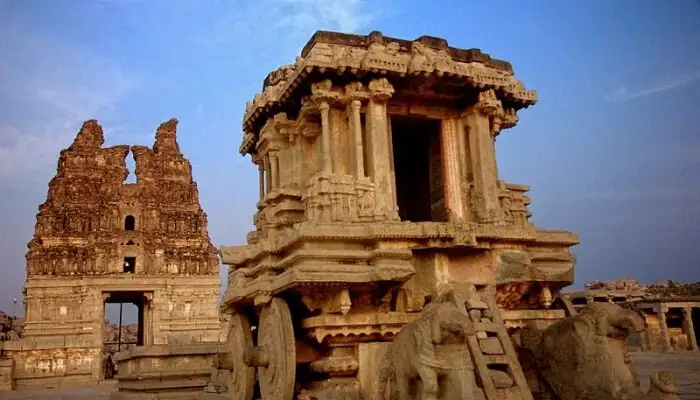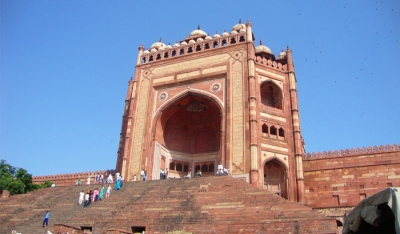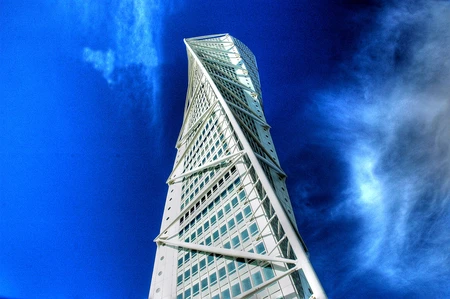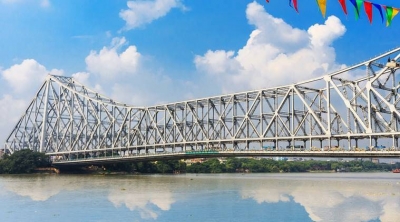
Heritage plays a crucial role in the life of every individual. Museums and historical sites are your gateways to knowledge and prepare you for appreciating the cultural diversity of the world. How can heritage change you? Well, read on to find out!
Heritage, in simple words, is what we have inherited, what has been passed on to us over centuries. The ancient buildings, temples and the natural wealth around us tell us who we were once and how we have changed over time. Historic sites like Keezhadi and Machu Picchu teach us about our great art, culture and architecture. Old inscriptions educate us on how languages came by. Plants and animals (think Galapagos) point to our evolution. Knowing our heritage inspires us to do better. It tells us what we can achieve. When we damage or wipe out our past, we take away from future generations the right to see and experience them. Here are a few things you can do as children to explore the heritage of our land.
1. Ask questions. Connect with your heritage.
Start asking questions about old buildings in your neighbourhood. When was it built? Who lived there? How is it different from the other buildings? A sixty-year-old house in my area has a 12-foot-high ceiling, a red mud floor that feels cool underfoot and rooms built around an open courtyard. The Triplicane police station on Wallajah Road in Chennai, a heritage structure according to the Archaeological Survey of India, has a plaque that says it was opened in 1890.
Who was the Governor of Madras at that time? (Lord Connemara) Who was the Commissioner of Police? (Col T Weldon) Who designed it? (Henry Irwin, a famous architect) In what style of architecture? (Indo-Saracenic). Its history says the building was a shed for chariots before it became a police station. And why was Chennai’s Besant Nagar called Amaiyur?
2. Visit
Wherever you are travelling, visit the local museum. You will find extra-ordinary insights about the area’s past – its people, their lives. home, food, clothing, music and dance, healthcare and traditions. For instance, the Egmore museum has a wonderful collection of Chola bronzes.
Set up in 1972, the Bastar Anthropological Museum in Jagadalpur, Chattisgarh, houses a rare collection including head-caps, shoes, jewellery, musical instruments, clothing, paintings, wood-carvings, weapons, masks, handicraft and a wide variety of objects used in daily life. It serves as a window to the living and ethnic cultures of various tribes in Bastar. Go to Kaziranga National Park, the world heritage site for the one-homed rhinoceros. If you pass through Chhatrapathi Shivaji rail terminus, find out why it is a world heritage site.
Indian Railways is the proud owner of these UNESCO World Heritage trains and routes viz the Darjeeling Himalayan Railway, Nilgiri Mountain Railway and Kalka Shimla Railway. Have you ever travelled in them? Did you know that in Europe, a path taken by pilgrims is now a World Heritage site?
3. Participate: Talk Read, write, Promote
Participate in any heritage-discovering activity. Join city/tree walks in your town. Sketch and note down in a diary what you see and hear. Watch movies that discuss your heritage. What does Ponniyin Selvan say about the Chola rule? You can spend an afternoon reading the words below the statues on Marina beach and learn a whole lot of history. Take part in art competitions that ask you to draw monuments. Organise heritage quizzes at school and family gatherings. For instance, a friend gives prizes to her kolu visitors who answer questions on her display of mythological stories. (e.g. Name the characters).
Write letters to friends/family abroad about a heritage symbol (place of worship. old building, natural wonder). Show your visiting cousins your city’s historic sights. Never miss a chance to participate in old fairs and festivals. The dragon festival is 2000 years old; the 300-year-old Raksha Bandhan festival has a wonderful story about its origin.
4. Preserve:
Worldwide, there are efforts to preserve the past. Cities were restored after World War II bombings. Fearing the Aswan High Dam in Egypt would flood the nearby valley containing the Abu Simbel temples. UNESCO got them removed and reassembled it stone by stone on higher ground.
When students of Geology. Presidency College, cleaned up the imposing statue on a landing, they discovered that it was the figure of their founder-principal, Powell, carved by John Adams-Acton in 1838 in London. The plaque below read, “erected by many Rajahs, Zamindars, former pupils and friends to mark their respect for his character and their grateful appreciation of his services in the cause of higher education for than 30 years. The students found that among the 200+ tiles around the statue, each had a different pattern! Here is an activity. On national days, after the flag-hoisting, clean up a historical statue in your town. Help clean up an old library. Paint heritage structures on the walls.
Trees are a part of heritage too! Look for old trees wherever you go. A police station in my neighbourhood is built around an ancient peepal tree. The Adyar Banyan tree (Adyar Aalamaram), located in the Theosophical society campus, Chennai, is believed to be 450 years old and is estimated to occupy 40,000 square feet. Report to the town authorities if you see trees getting cut.
5. Pledge
World Heritage Week is celebrated from November 19-25 every year to create awareness about the rich cultural heritage of the country among the general public, students and children. One activity during this time that you can indulge in is to renew the pledge: “I will not scribble on, deface or encroach upon any monument I will respect all monuments, which are a part of my country’s heritage: I will render all possible help to conserve and preserve our heritage.”
Tell people of the importance of preserving these invaluable sites by sharing news and links through social networking sites like Facebook, Instagram and Twitter. Volunteer in NGOs that organise efforts to clean up heritage areas. Listen to talks on heritage viz. Sangam Talks, Center for Indic Studies, We Care Trust, Upword, Prachyam. You could also collect donations to support UNESCO and its projects.
And above all: Would you like to study for and become a heritage conservationist? Well, think about it.






